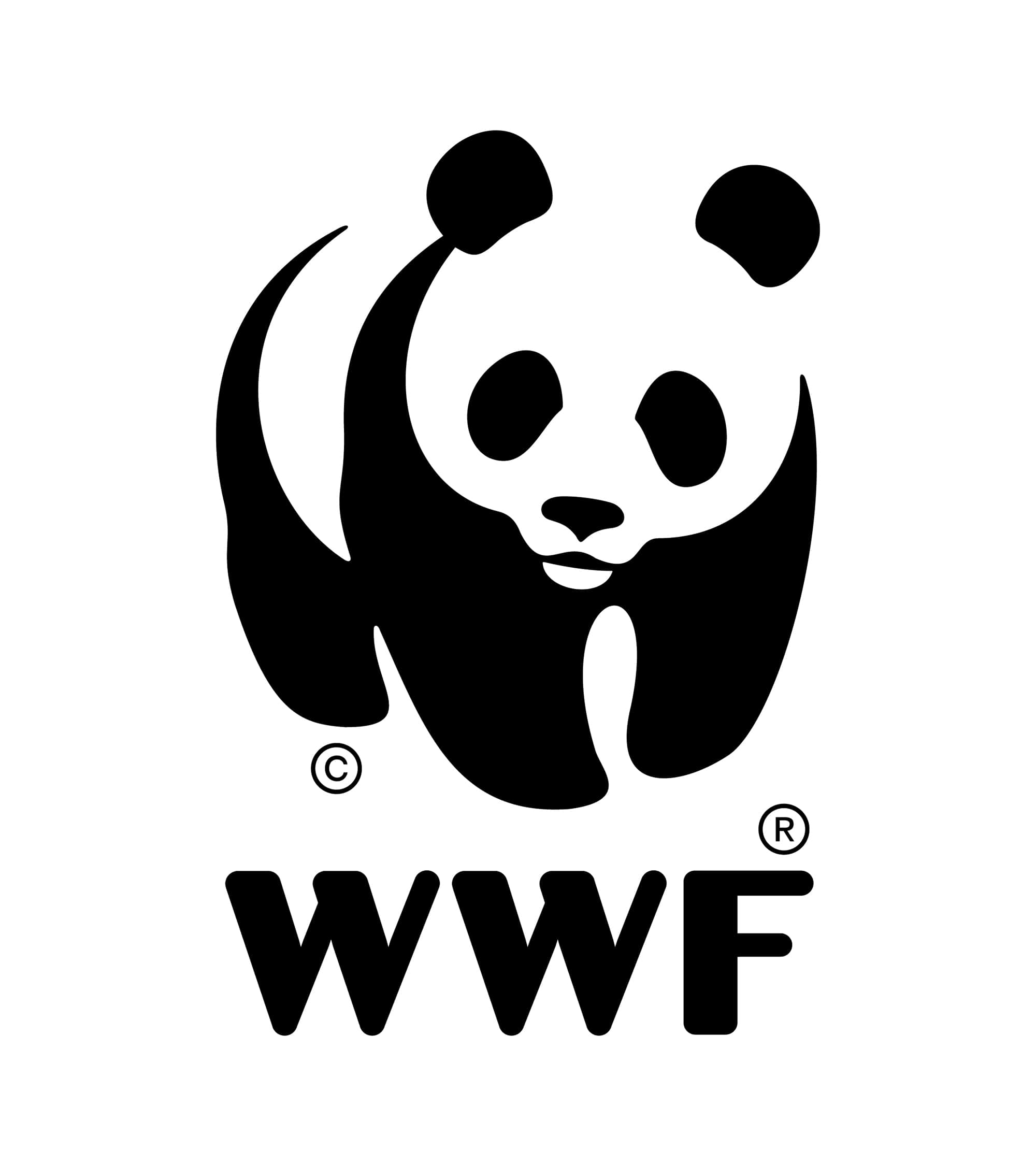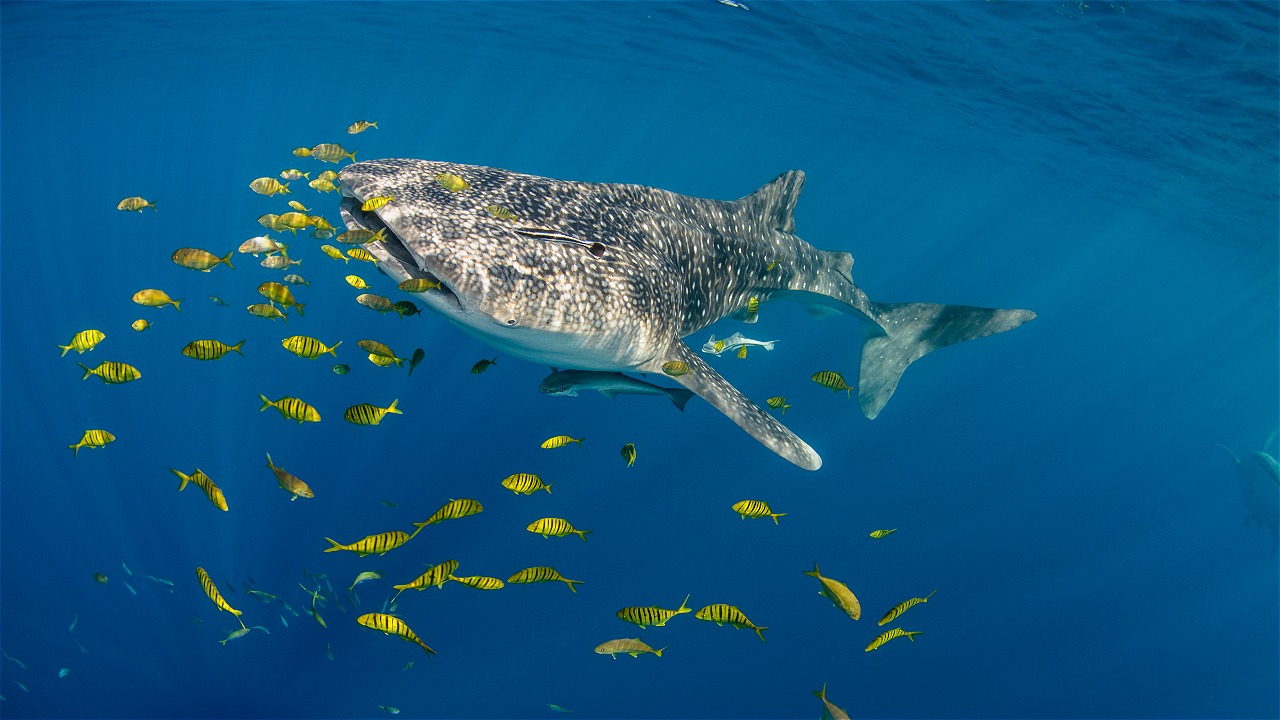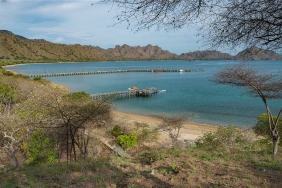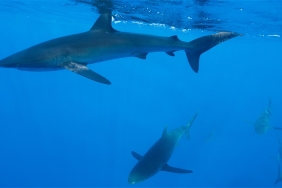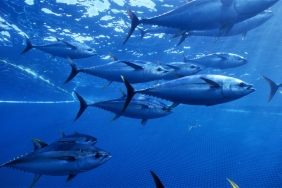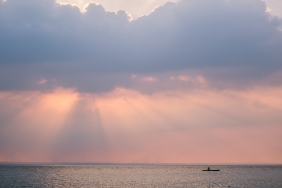CENDERAWASIH BAY NATIONAL PARK: NATURE'S HARMONY WITH MAN
Cenderawasih Bay National Park (TNTC) stretches across two large provinces, namely Papua Province and West Papua Province into two district administrative areas, Teluk Wondama Regency and Nabire Regency. Within the national park there are 58 coastal villages spread evenly over an area of 1,453,500 hectares. Imagining such a large area and reaching communities throughout the location is certainly not an easy matter, it requires extraordinary collaboration between the district government, the management of the National Park Center, stakeholders, and of course the community itself regarding development in the conservation area which was designated as a national park on August 29, 2002 through the Minister of Forestry Decree 8009/Kpts-II/2002.
Population surveys show the existence of 4 large tribes around Wondama Bay namely Wandamen, Wamesa, Roswar, Roon, as well as 2 large tribes in the Nabire area namely Yaur and Umari. Their tribal diversity, customs and habits are very unique but at the same time complicated and challenging to learn. Therefore, community outreach activities require creativity in communication. One of the definite challenges is the use of different dialects and languages in each tribe.
Aneta Wonemseba, Syabes Village, a 45-year-old mother said "I will try to send my children to high school as long as the children want to and can afford it, but if I can't, what else can I do". Aneta's fear of not being able to send her children to school when nature is gone was revealed during a discussion about education in the village. Aneta and many other communities in the TNTC area rely heavily on nature as their future savings that supply their daily income and livelihoods.
The nature of TNTC provides a wide variety of vegetation and marine life. There are approximately 46 types of vegetation ranging from melinjo, nipah, coconut, secondary forest vegetation, coastal mangroves, waru, rare orchids, and several species of protected semar bags found in TNTC. Meanwhile, the sea of Wondama Bay is predicted to contribute 1,122 species of fish, 7 of which are newly discovered species. In addition, Dugong (Dugong dugon), a protected marine mammal is often in the area, some other marine species that are often seen are sea turtles, whale sharks, dolphins, and various types of consumer fish such as grouper, snapper, napoleon, skipjack, tuna, and lobster.
Often the problem that arises and occurs is the problem of excessive and irresponsible utilization by people who damage TNTC nature for personal gain. We can see the flash flood disaster in Wasior, the capital of Teluk Wondama Regency, which left hundreds dead and missing on October 4, 2010 and was considered a disaster caused by forest destruction triggered by heavy rainfall. Environmental experts see the flash flood disaster as a result of deforestation that left the soil and land unable to absorb the heavy rainfall.
All elements of society involved in the discussion with relevant stakeholders and the government agreed that environmental issues must be included in the elements of adequate education, adequate health facilities, and decent livelihoods, then nature will be maintained automatically in harmony with their lives. As said by Ir. J Auri, Head of the Wondama Bay Regency Environment Office, "It is the responsibility of all of us to protect this environment, but often environmental issues come last in terms of the development of this region!".
"We need parties who support us to encourage related agencies to protect this environment, because it is not easy to direct development towards environmentally friendly!" said Drs.G. Ramandey MP, Head of the Nabire Regency Environment Agency, emphasizing the cooperation of all parties to get involved in the development of the TNTC area, because the development of this nation is an active joint obligation between the government and the community.
(Basic note by Feronika Manohas, WWF Staff for Community Outreach in TNTC area, contact fmanohas@wwf.or.id)
